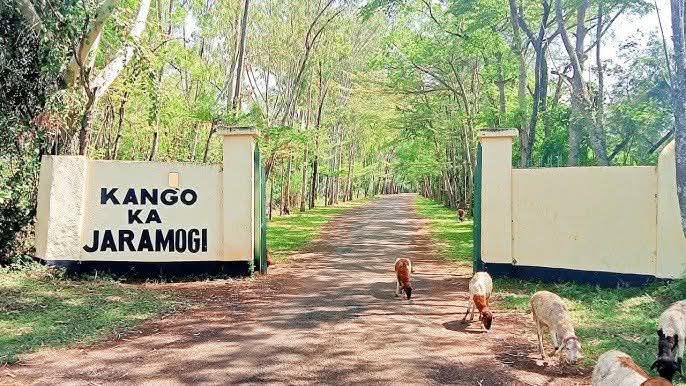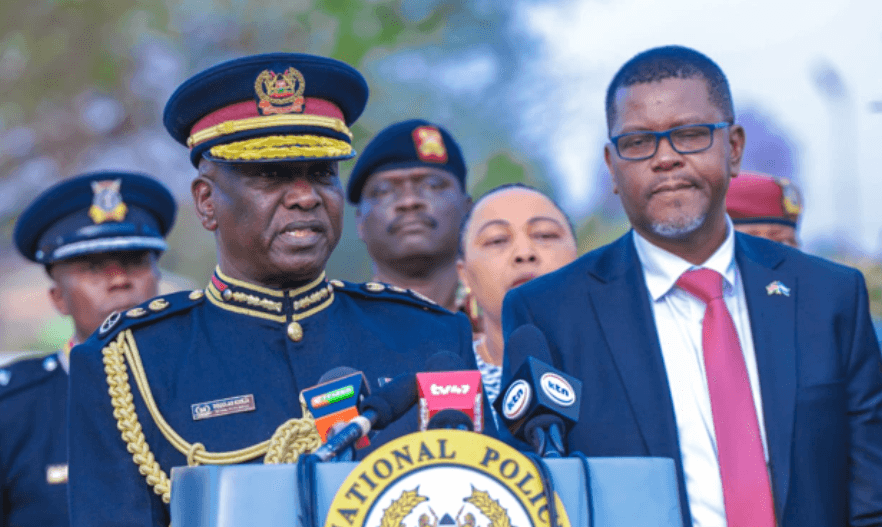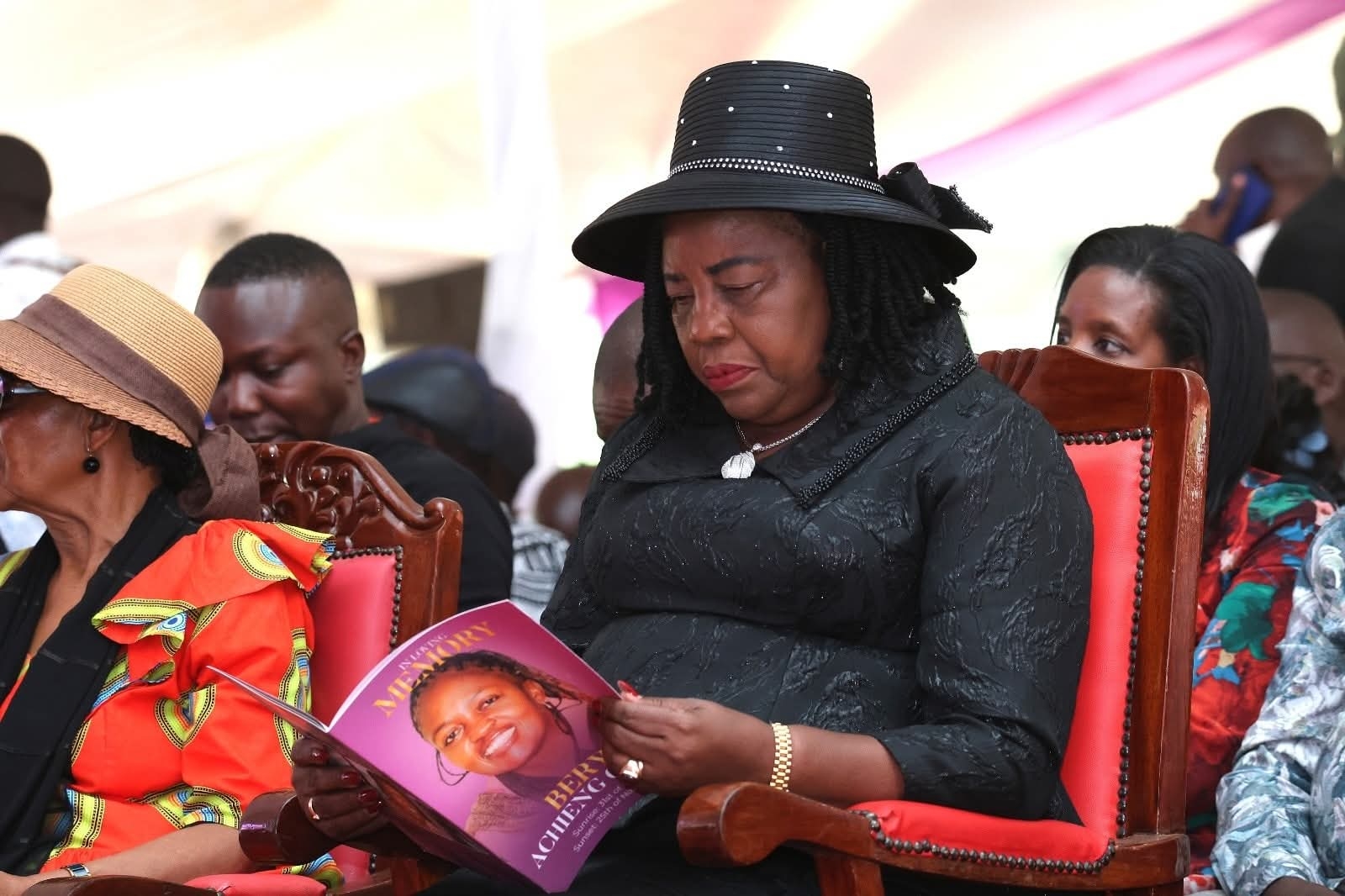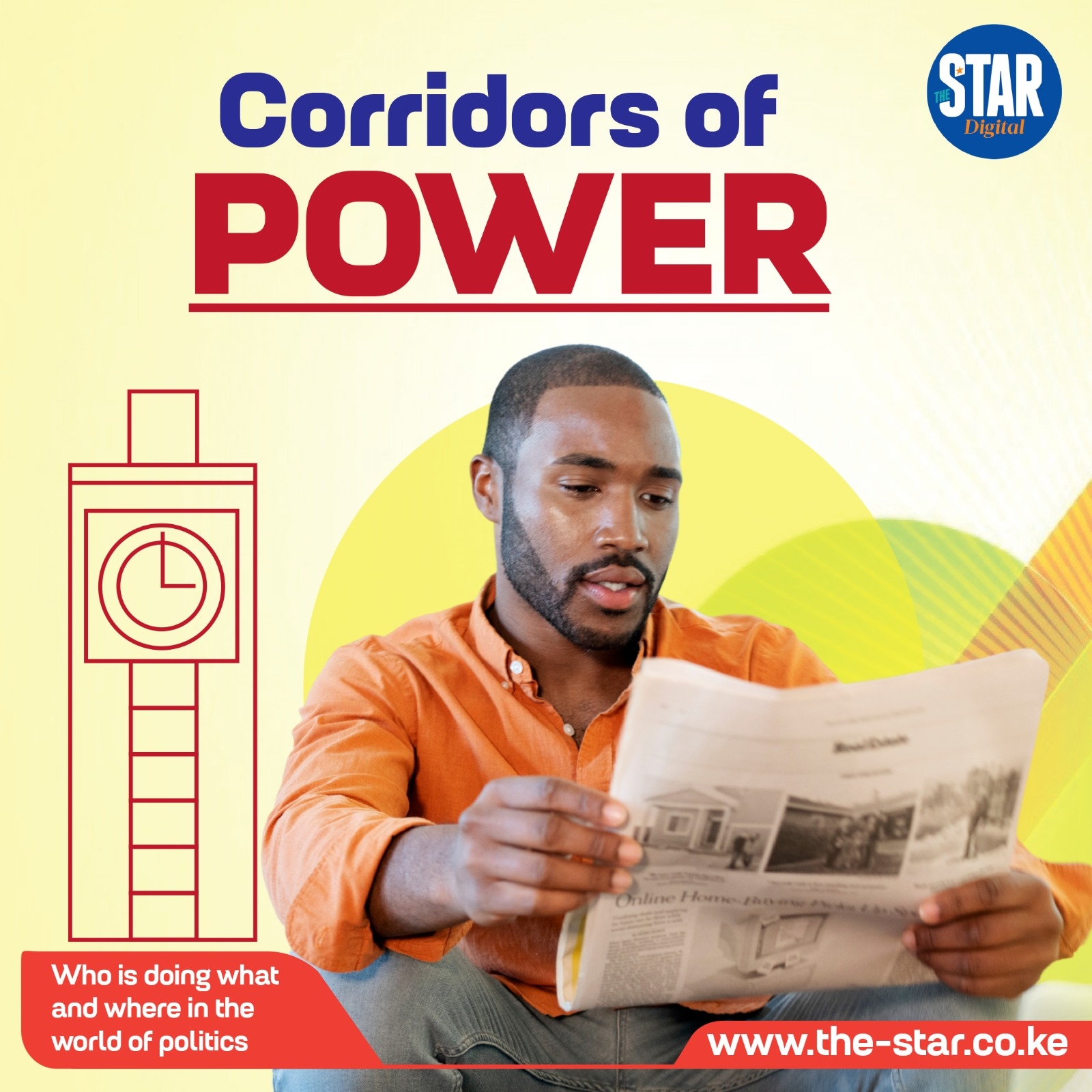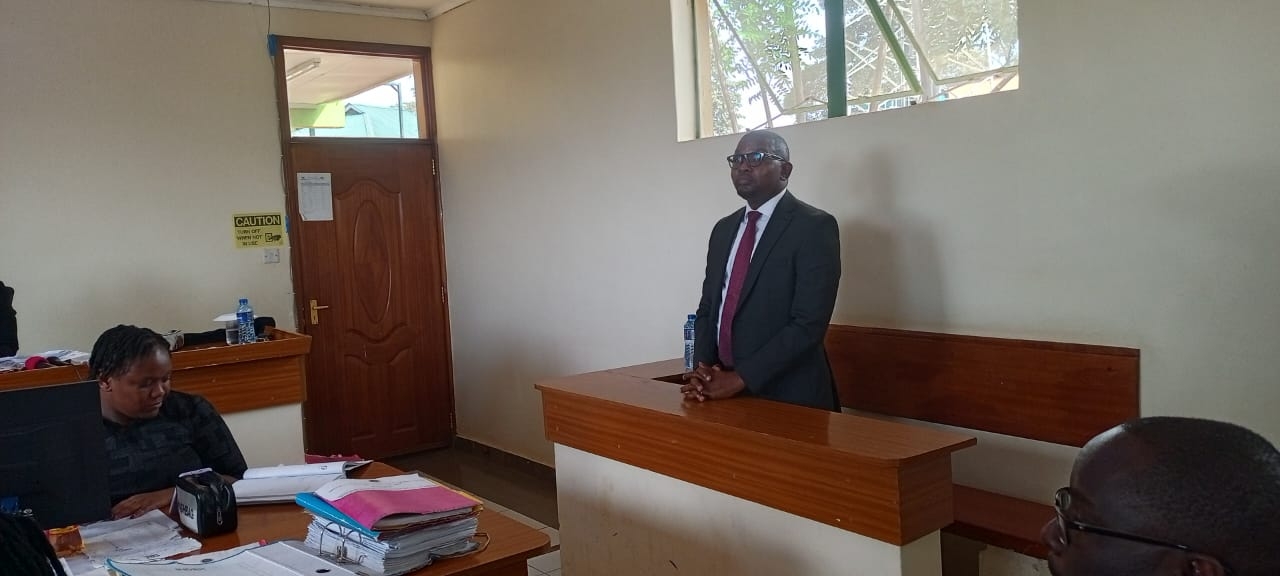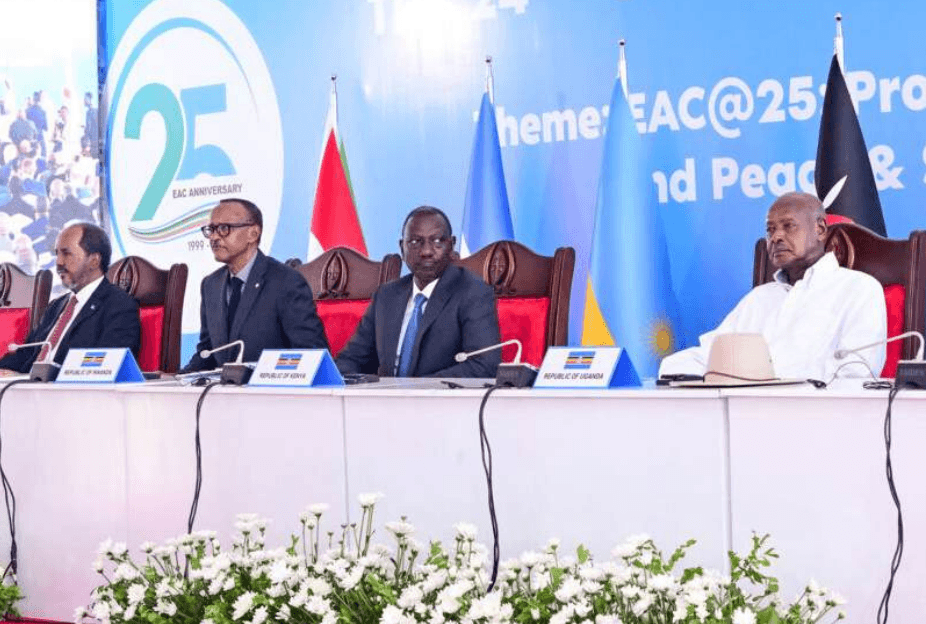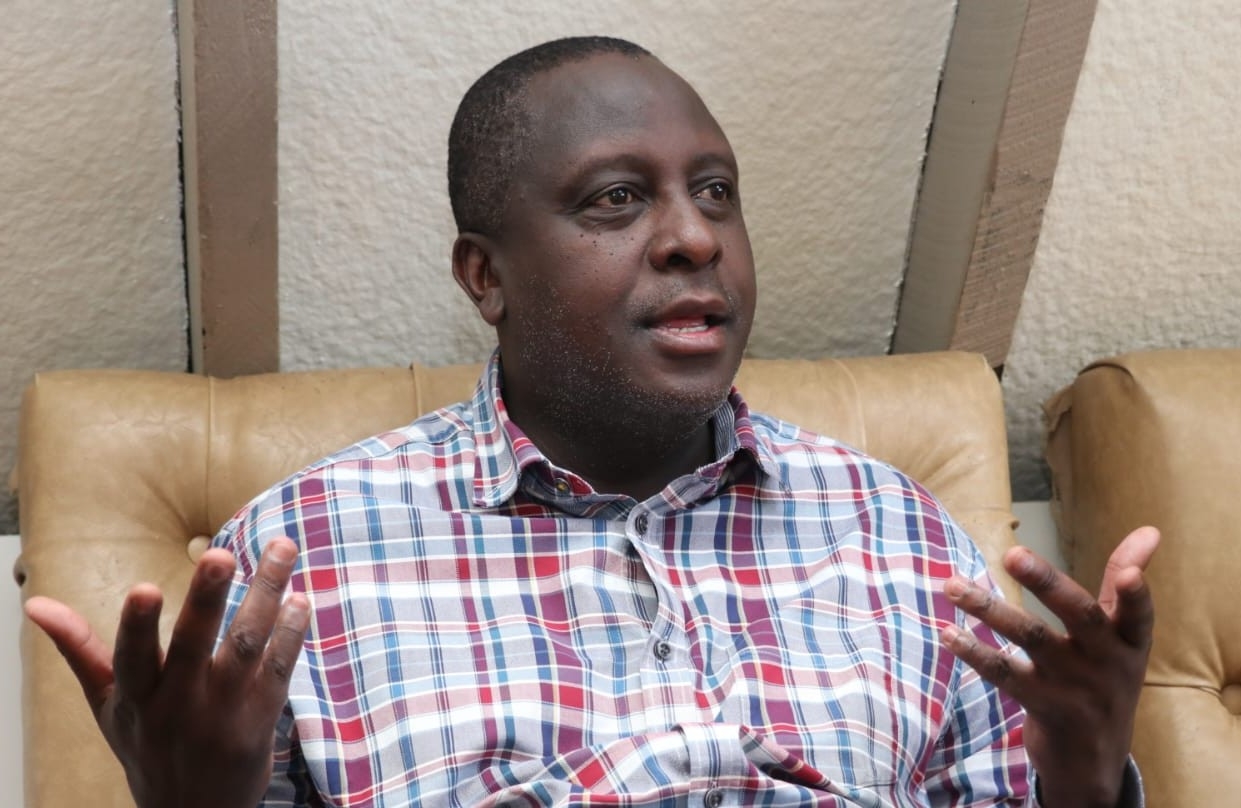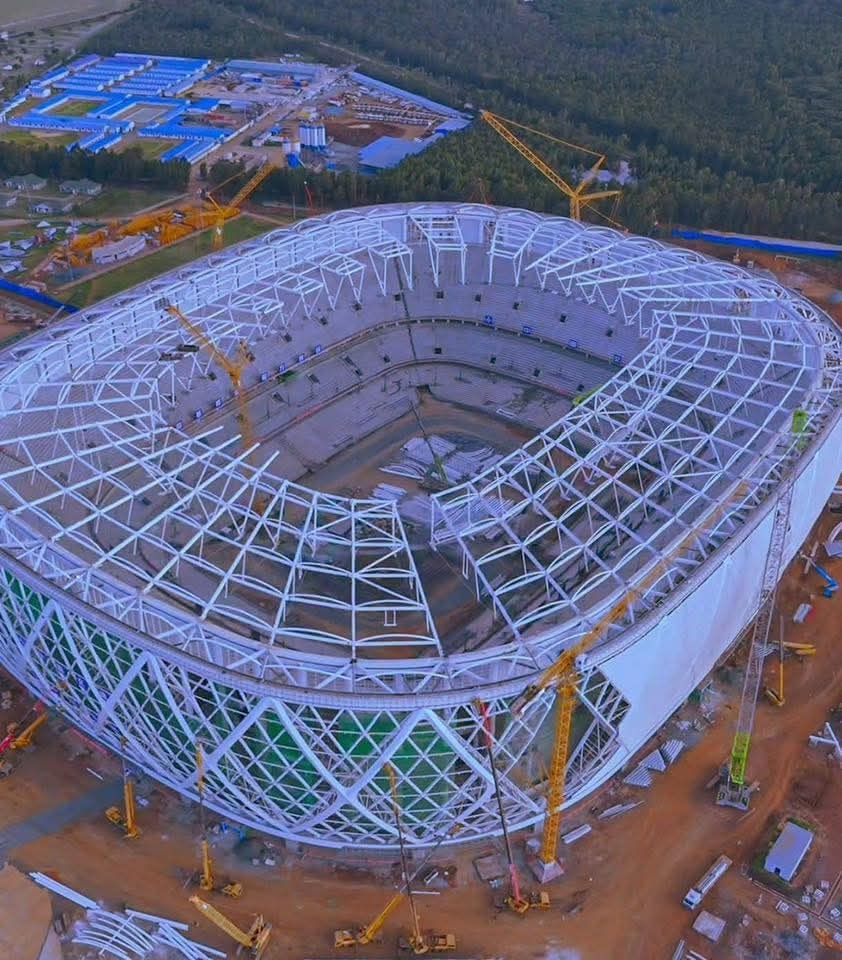Kenyan motorists will continue to wait longer to use the much-hyped Bus Rapid Transit (BRT).
BRT is a high-quality bus-based transit system that delivers fast, comfortable, and cost-effective services at metro-level capacities.
Transport CS Kipchumba Murkomen on Monday announced that the first line of the BRT will be in use in December 2024.
“The roll-out of a Bus Rapid Transit system (with the first line is set to be ready for use by December 2024),” he said.
The CS said the system will offer incentives to encourage the purchase of electricity-powered engines, expansion of commuter rail networks with a plan to move to light rail, development of non-motorized transport systems, and effecting corrective structural adjustments on our roads to reduce road accidents.
Murkomen highlighted the above during his keynote speech at the Ministerial Session on Investing in Green Transportation at the Africa Climate Summit.
It is estimated that Nairobi has a population of 4.4 million and according to the 2019 census, the five counties that make up the Nairobi Metropolitan Area account for 10.4 million people (a fifth of the Kenyan population).
Further, records show that 41 percent of Nairobi residents use public transport every day, 40 per cent walk to their destinations, and 13 per cent use private or personal cars.
BRT is expected to offer a reliable mode of commuter transport thereby decongesting the Nairobi’s Central Business District.
Once rolled out it will also ease transport woes, reduce travel time, and reduce air pollution.
CS Murkomen added that the Kenya Government is working with investors and development partners to offer an infrastructure sector that is modeled to advantage the majority population that use public transport and non-motorized transport even as we work on modifying existing road infrastructure to encourage e-mobility.
The state has identified five corridors to decongest Nairobi roads.
Line 1 will run from James Gichuru road-Waiyaki Way to JKIA, a distance of 20km.
The 31-km Line 2 will run from Lang’ata Road through Ngong, Juja, and Komarock roads to Ruiru with major stops at Dandora, Kariobangi, and Gikomba Market.
Line 3 will run from Githurai through Thika Road to Moi Avenue in the CBD, ending at Kenyatta National Hospital.
To facilitate the movement of goods, the State allocated Sh1.1 billion for the Nairobi Bus Rapid Transit project for this Financial Year 2023-24
The state is banking on the BRT project in the city to help curb greenhouse gas emissions.
The much-awaited project has however stalled due to the lack of funds.
The BRT project, which is meant to decongest the city, was allocated Sh1.2 billion in the 2022-23 budget.
Authorities say BRT will be a reliable mode of commuter transport planned to decongest the central business district, ease transport woes, reduce travel time as well as reduce air pollution.



